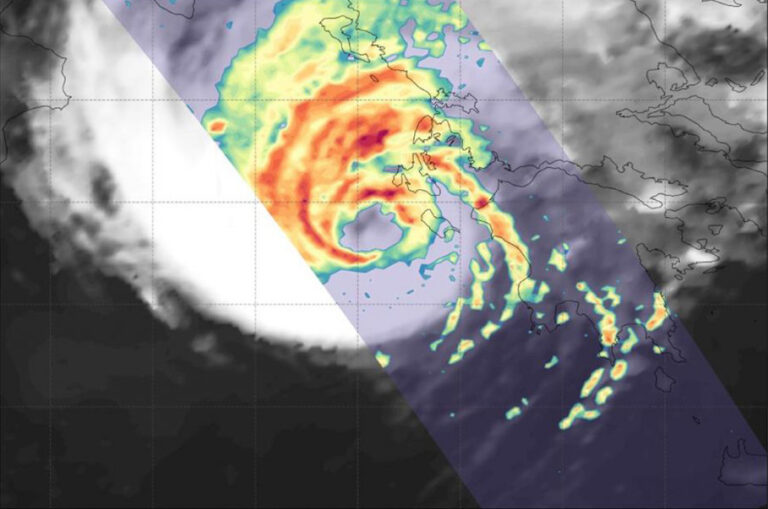
Q1: What is a Mediterranean tropical-like cyclone?
A1: Mediterranean tropical-like cyclones, also known as a “Medicanes,” form in the Mediterranean Sea. They exhibit characteristics similar to tropical cyclones, such as a cloud-free “eye” in the low-pressure center and strong winds, but they typically form in a non-tropical environment.
Q2: What are the key ingredients for the formation of a Medicane?
A2: Medicanes form under specific conditions, including a pre-existing low-pressure system or disturbance, and atmospheric instability. These factors can lead to the development of a cyclone with both tropical and extratropical characteristics.
Q3: How do Medicanes differ from tropical cyclones?
A3: While Medicanes share some similarities with tropical cyclones, they differ in several ways. For example, Medicanes form in a semi-enclosed sea, whereas tropical cyclones develop over warm ocean waters near the equator. Additionally, Medicanes often have a shorter lifespan and smaller size, but they can reach the intensity of equivalent Category-2 hurricanes.
Q4: What regions are most susceptible to the impact of Medicanes?
A4: Medicanes can impact countries along the Mediterranean coastline, including North Africa and Middle East. Countries close to their genesis sites (e.g., Balearic, Adriatic, Tyrrhenian, and Ionian Seas, and Gulf of Sidra) are particularly susceptible to the effects of these cyclones.
Q5: What are the typical impacts of Medicanes?
A5: Medicanes can bring heavy rainfall, strong winds, and storm surges to affected regions. These cyclones can lead to flooding, landslides, property damage, and disruptions to transportation and infrastructure.
Q6: Are Medicanes becoming more frequent or intense due to climate change?
A6: There is ongoing research to understand the relationship between climate change and the frequency or intensity of Medicanes. Some studies suggest that climate change may contribute to an increase in the strength of these cyclones, while their frequency of occurrence will be reduced, but further research is needed to confirm these trends.
Q7: How are Medicanes monitored and tracked?
A7: Medicanes are monitored through satellite imagery, weather radars, and meteorological models. Meteorological agencies in affected countries provide regular updates and warnings to the public to help them prepare for the cyclone’s impact.
Q8: What precautions should residents and authorities take when a Medicane is forecasted?
A8: When a Medicane is forecasted, residents and authorities should stay informed through official weather channels, follow evacuation orders if issued, secure loose objects, and prepare for power outages and potential flooding. It’s essential to have an emergency kit and a family emergency plan in place.
Q9: How can improved forecasting and early warning systems help mitigate the impact of Medicanes?
A9: Improved forecasting and early warning systems can provide more accurate and timely information about the cyclone’s track, intensity, and potential impacts. This allows authorities to make informed decisions regarding evacuations and emergency response, ultimately saving lives and reducing property damage.
Q10: What research and preparedness efforts are underway to better understand and mitigate the impact of Medicanes?
A10: Ongoing research within the European network of MedCyclones aims to improve our understanding of Mediterranean cyclones and their relationship to climate change. Additionally, countries in the Mediterranean region are working on enhancing preparedness and response measures to mitigate the impact of these cyclones, including improved infrastructure resilience and public education campaigns.
